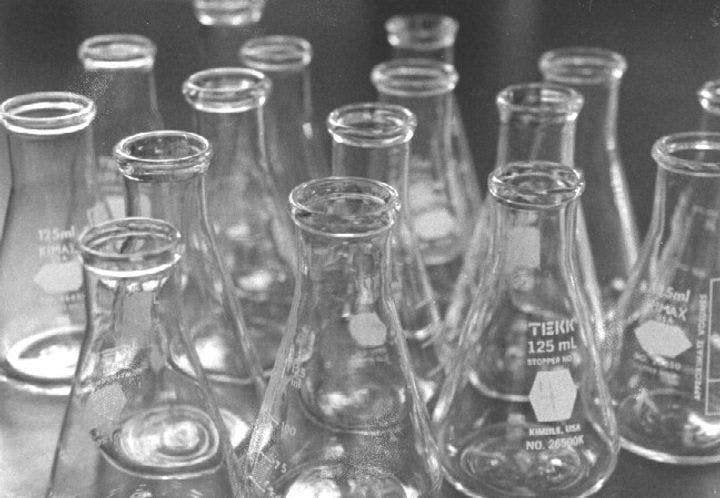Winter 2010
Great Expectations
– The Wilson Quarterly
Scientists have a powerful incentive to make bold promises, hype their research, and lay out unrealistic timelines if they feel it is the only way to gain sufficient funding.
More than 20 years ago, an editorial in Science magazine called on the federal government to boost spending on the effort to sequence the human genome, which the author said could lead to a cure for mental illness and thus prevent many from joining the ranks of the homeless.
Clearly, this hope has not come to fruition, and that’s no great surprise, says Stuart Blackman, a science writer based in Edinburgh. A tendency to promise more than they can deliver has long been a feature of scientists’ work, but in recent decades overly bold promise-making has become more central to the scientific process.
It’s easy to blame a media culture that demands “uncomplicated, definitive, and sensational statements” to drive stories, but scientists often have their own reasons for hyping their research, glossing over challenges they face, or laying out unrealistic timelines. After The New York Times ran a story in 1980 urging readers not to expect immediate miracles from research on cancer-fighting interferons, researchers complained that such public expressions of doubt would undermine their ability to get funding for their work.
And there’s the rub. Intense competition for research dollars encourages scientists to overstate the importance of their research and the immediacy of the expected benefits. Moreover, a growing focus on scientific research as an engine of economic growth means that science must produce not only knowledge, but products that can be sold at a profit. Funders now customarily ask applicants for an estimate of their work’s economic impact. Intense competition for publication in prominent journals adds further momentum to the cycle of scientists trying to “rhetorically overbid” each other.
More pressure comes from the fact that “politics is becoming more reliant on science to provide predictions to guide policy,” Blackman writes. Last year, then–prime minister Anders Fogh Rasmussen of Denmark appealed to a gathering of climate scientists, saying, “I need fixed targets and certain figures, and not too many considerations on uncertainty and risk.” Recognizing uncertainty and risk, however, is central to good science.
Cures for diseases such as Alzheimer’s, cystic fibrosis, and Parkinson’s have seemed to be just around the corner for years. If the only thing that comes down the pike in the near term is more disappointment, the public’s current high esteem for science may erode. Blackman cautions that scientists (and the journalists who cover them) need to be more guarded in describing what the public can expect from their research, and when to expect it. As the eminent physicist Niels Bohr quipped, “Predictions can be very difficult—especially about the future.”
* * *
The Source: "Promises, Promises" by Stuart Blackman, in The Scientist, November 2009.
Photo courtesy of Flickr/Alex
